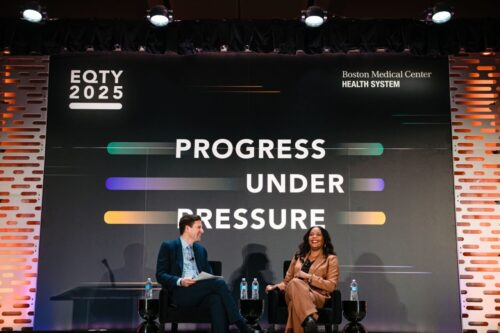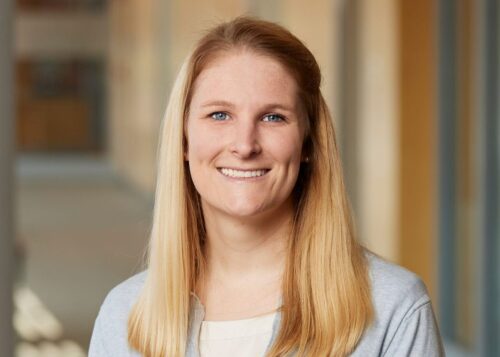Provider and Patient Satisfaction with Conscious Anesthesia During Ocular Surgery Found to Differ
April 26, 2022

Science Photo Library, Getty Images
Research indicates that providers and patients often disagree on what defines adequate sedation and comfort during eye surgery.
New research suggests that providers are poor predictors of patient satisfaction with anesthesia and perioperative comfort. Published in Clinical Ophthalmology, researchers from Boston Medical Center discovered that only a low-level association was demonstrated between a patient and provider’s satisfaction with anesthesia, even when individual measures of patient satisfaction, such as pain and anxiety, were isolated.
Conscious anesthesia during ocular surgery is a common practice used to ease pain, discomfort, and anxiety. However, there is a varying level of satisfaction among providers and patients about the effectiveness and purpose of anesthesia. Currently, there is no standard for the type or amount of anesthesia administered to a patient, so it is dependent on the setting, patient, and provider to make any judgements.
“If provider assessment is not reflective of patient comfort, patients may not be receiving adequate sedation throughout their procedures,” says Hyunjoo Lee, MD, PhD, an ophthalmologist at Boston Medical Center. “This could lead to lower patient satisfaction.”
Difficulties Predicting Patient Comfort During Surgeries
Patient satisfaction is considered to be difficult to assess intraoperatively, as patients are completely draped and communication is somewhat limited. Surrogate measures including movement and increased heart rate, in addition to patients reporting pain and anxiety, are often used clinically to determine the appropriate level of sedation during ocular surgery. However, there is no evidence showing that these measures accurately predict patient satisfaction. Provider judgment and satisfaction with anesthesia intraoperatively often determines the initial dose of sedation, as well as the need for additional anesthesia throughout the procedure.
Researchers analyzed 283 ophthalmic surgical cases with patients who spoke English, Spanish, or Haitian Creole. Patients were sedated with benzodiazepine prior to the start of surgery and then were given supplemental anesthesia throughout the surgery, as needed. After surgery, the patients, surgeons, and anesthesiologist were all given surveys to assess their level of satisfaction. The correlation of patient to surgeon satisfaction was 0.333 on a scale of 0 to 1, indicating a moderately weak correlation.
Because of the high percentage of non-English-speaking patients in the population (44.5%), the researchers also examined if the degree of correlation between provider and patient satisfaction was higher in English speakers compared to non-English speakers. However, they found no significant differences between the two groups for surgeon-patient satisfaction correlation (0.389 vs 0.268) or anesthesiologist-patient satisfaction correlation (0.334 vs 0.280).
Research Suggests Differing Expectations of Quality Care Among Patients and Doctors
“This poor correlation may suggest differing expectations pertaining to quality care,” says Lee, also an assistant professor of ophthalmology at Boston University School of Medicine. “For instance, surgeons may value a quiet patient with minimal eye movement during surgery, whereas a patient may value being pain-free or a complete lack of awareness of the surgery. Alternatively, an overly sedated patient might exhibit excessive eye movement, lowering surgeon satisfaction, or unstable vital signs, lowering anesthesia provider satisfaction. Ultimately, the goal should be to maximize patient satisfaction without compromising patient safety.”
Researchers recommend that future research focus on better understanding patient satisfaction with anesthesia during ocular surgery.
“The correlation of patient to surgeon satisfaction was 0.333 on a scale of 0 to 1, indicating a moderately weak correlation.”


